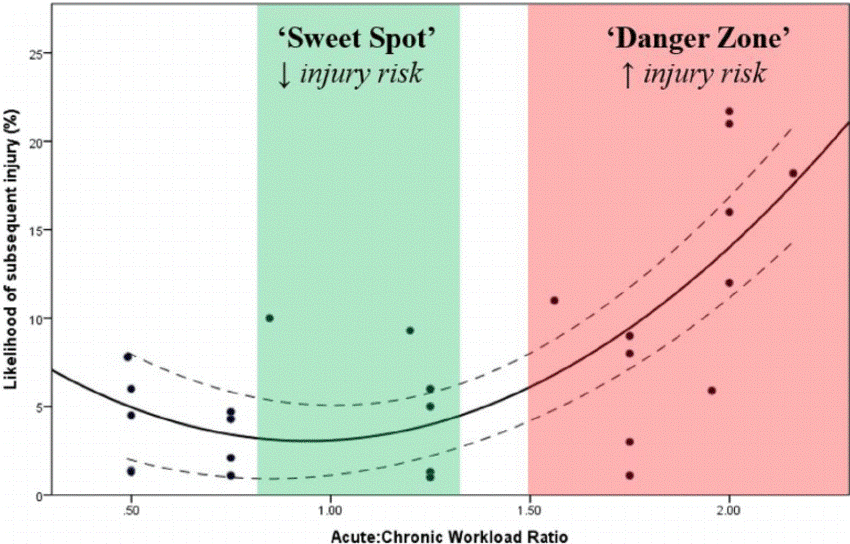How to SAFELY build running capacity for your clients!
Dec 10, 2021
Everyone thinks they can just get up off the coach and go for a run... That might be the reason so many people develop over training injuries within the first 2 months of starting... Sound familiar?
While, as athletes, we likely all have the PHYSICAL capacity to run a 5k on a whim. Our joints on the other hand, haven’t been exposed to running in quite some time. This brings up the classic dilemma of COULD vs SHOULD. I COULD run a half marathon without training, but SHOULD I?
Let’s define a few terms before offering some practical solutions to get your gym members or clients the running capacity they need for a 5k without issues.
Cyclic loading pattern
Running is known as a cyclic loading pattern, meaning it is repetitive in nature. Our joints and connective tissue respond to this kind of movement differently than an exercise like squatting, which is a mechanical load.
Now, in the world of injury prevention, we have to do our best to find sweet spots for training. Imagine this scenario: You haven’t run for 6 months, and now you want to run for 21-30 minutes straight. When we put it that way, it seems like a pretty dramatic spike. Take it as you’ve only been squatting 10 percent of your 1RM for the last 6 months and now you want to try and hit 90 percent of your 1RM.
Getting the point here? We need to progressively pace and load, to prepare our bodies for the stimulus.
A few more terms to wrap this up, then what you came for: the return to running progression.
Acute load
The amount of work you’ve done in a given week.
Chronic load
The amount of work you’ve done in the last four weeks.
To keep athletes safe we want their acute:chronic workload ratio less than 1.5. As an example, if you haven’t run since last summer, your chronic workload is 0. Now you want to run 5K? Seems like a gigantic spike in training!

Here’s your magic solution brought to you by science:
Goal = 5000m = 5K
As you can see, this is a slow build to accumulate volume. It’s conservative, but in G.P.P. (general physical preparedness) -type training, all things should be. Remember, we are ideally looking for minimum effective dose to make a change, then we progress from there! While these principles can be applied to all things training, running is an easy, measurable method to demonstrate its effectiveness.
Moral of the story: Return your members to this type of loading slowly and with respect for the volume that needs to be accumulated to safely run a 5K!
References:
- Gabbett, T., 2016. The training—injury prevention paradox: should athletes be training smarter and harder?.British Journal of Sports Medicine, 50(5), pp.273-280. http://bjsm.bmj.com/content/early/2016/01/12/bjsports-2015-095788?__hstc=196135283.0bb2ae1552d2dda845881b6516c33848.1481673600081.1481673600082.1481673600083.1&__hssc=196
- Hulin, B., Gabbett, T., Lawson, D., Caputi, P. and Sampson, J., 2015. The acute: chronic workload ratio predicts injury: high chronic workload may decrease injury risk in elite rugby league players.British Journal of Sports Medicine, 50(4), pp.231-236. http://bjsm.bmj.com/content/early/2015/10/28/bjsports-2015-094817.short
Interested in learning more?


